Patricia Young: The quadrennial classic
Published on May 30th, 2019
by Chris Szepessy, WindCheck Magazine
The Transatlantic Race 2019, a 2,960 nautical mile dash from Newport, Rhode Island to Cowes, England, starts Tuesday, June 25. Chairing this quadrennial classic is one of the world’s finest Corinthian navigators, Patricia Young.
“When I was 17 my dad bought our first boat, a Bristol 27,” Patti recalls. “Dad had talked about wanting a sailboat my whole life, and when he finally bought one he showed me you really can have what you want if you’re willing to persevere and work for it. I became my dad’s first mate and learned to sail. We kept the boat in Stamford, Connecticut and sailed Long Island Sound.
“I inherited my dad’s Pearson 30, which my husband, Paul Hamilton, and I kept in Shelter Island. After a summer of sailing her everywhere in eastern Long Island Sound, we decided we wanted something we could take further and live on for a while, so we traded for a Frers 41, Sarabande, which we sailed to Maine every summer.
“After 17 years of joyous cruising, we were ready for something different and purchased a Tripp 41, Entropy. We spent the first several years making modifications and have been racing her actively. Paul’s faith in me is incredible, and we’re extremely proud of the crew we’ve built. It’s a talented group of Corinthian sailors, each bringing something special to the table.
Patti, who lives in Jamestown, Rhode Island, loves the peace of being offshore. “Once you’ve left land behind, it’s just you and the crew, the boat, the sea, and the wind.”
Being a bit math-oriented and enjoying the idea that the straight line often may not be the best or most interesting, she started navigating for her dad, and was the navigator for the adventures she and Paul had all over New England as well as various island charters.
“Then, Rives Potts (New York Yacht Club Commodore, 2015 and 2016) gave me the opportunity to create an experience of a lifetime as navigator for his 48-footer Carina, starting with the 2002 Newport Bermuda Race,” reflects Patti, with the team finishing first in Class.
“I was pretty pleased, but Paul teased me that I couldn’t stop until we won the whole thing, which we did in 2010. That year, we had what I considered to be the dream crew. Each person had at least one other relative on board, and there was something electric in the air when we crossed the starting line.
“That feeling stayed with me the entire race. I’ve made lifelong friends sailing on Carina, and she will always hold a special place in my heart.”
Patti has now been involved in each of the recent Transatlantic Races, starting in 2011, working with the Royal Yacht Squadron, New York Yacht Club, Royal Ocean Racing Club and the Storm Trysail Club which organize the race.
“There’s a huge amount of prep work to be done for the Transat. Before starting, the boat has to be perfect, the crew well trained, and all the gear loaded – in most circumstances into a space meant for a few people for as many days. Then there’s the race itself, which covers nearly 3,000 miles across the North Atlantic.
“Each race is unique, as weather patterns and currents determine the best route to take. It will take the average boat more than two weeks, so the range of conditions can be extreme and when a crew reaches Cowes they will have stories of a lifetime.”
The New York Yacht Club organized the first transatlantic race, in 1866. It started in December and was, not surprisingly, a particularly challenging passage. Six sailors died when they were washed off the deck of one of the three competing yachts.
“Since then, the Club has played a role in 29 other races from the United States to Europe. Since 2011, we’ve run the race every four years and, given the scope of the challenge, that seems to be the right amount of time between races.
“My TR 2011 was a once in a lifetime experience, as I was the navigator aboard the Maltese Falcon, a 289-foot dynarig,” says Patti. “The yacht is magnificent, but we were racing her, not sailing her in Superyacht fashion. The captain and first mate, Chris Gartner and Robert Bell, were fabulous to sail with.
“The boat was not a speedster, but we did manage to set the 24-hour distance record for the boat in just about the only day we had solid breeze. The racecourse was heavily influenced by the Azores High, which extended extremely far north forcing most of the fleet to form a ‘second’ starting line more than halfway across. We were fortunate to be able to make our way through the top portion of the high and avoid the pileup.”
A trustee of the New York Yacht Club and a member of the Royal Ocean Racing Club, Storm Trysail Club, Cruising Club of America, Conanicut Yacht Club, Jamestown Yacht Club and US Sailing, Patti enjoys cruising, particularly Downeast Maine, as well as offshore and point-to-point races.
“I don’t think there is one thing that makes someone a good navigator,” she asserts, “but a combination of things beyond the obvious skills which can be learned. Among these are listening and flexibility. While it is important to have a plan, it’s just as important to realize things change and you need to adapt to put yourself in the best position.
“I’m not racing in the TR 2019, but am excited for those who are,” says Patti. “We currently have over 20 entries from 40 to 100 feet. There are a notable number of returning yachts, which demonstrates the power this race holds over people.”
Editor’s note: Thanks for this profile go to WindCheck, an outstanding monthly magazine devoted to sailors, boaters, and people who enjoy the waters of the Northeast.


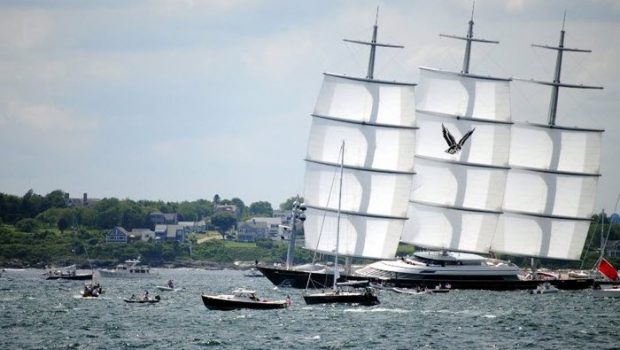
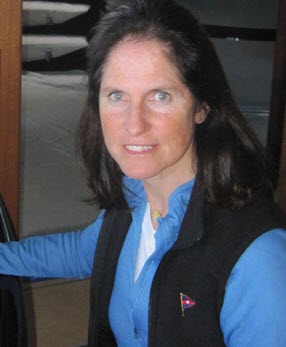


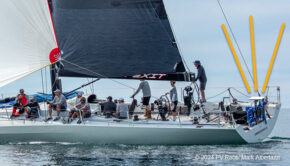
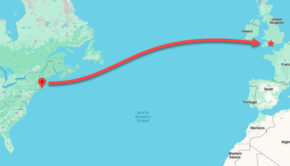
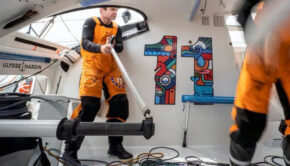
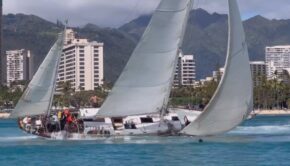
 We’ll keep your information safe.
We’ll keep your information safe.